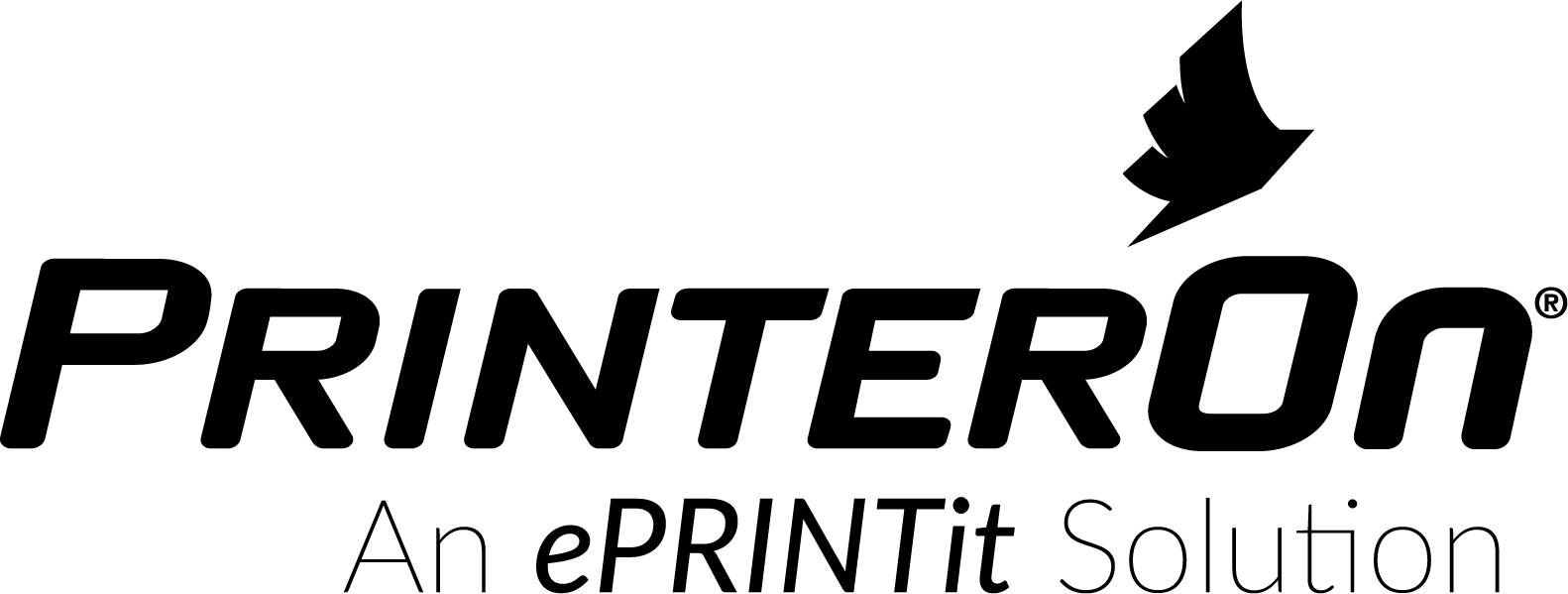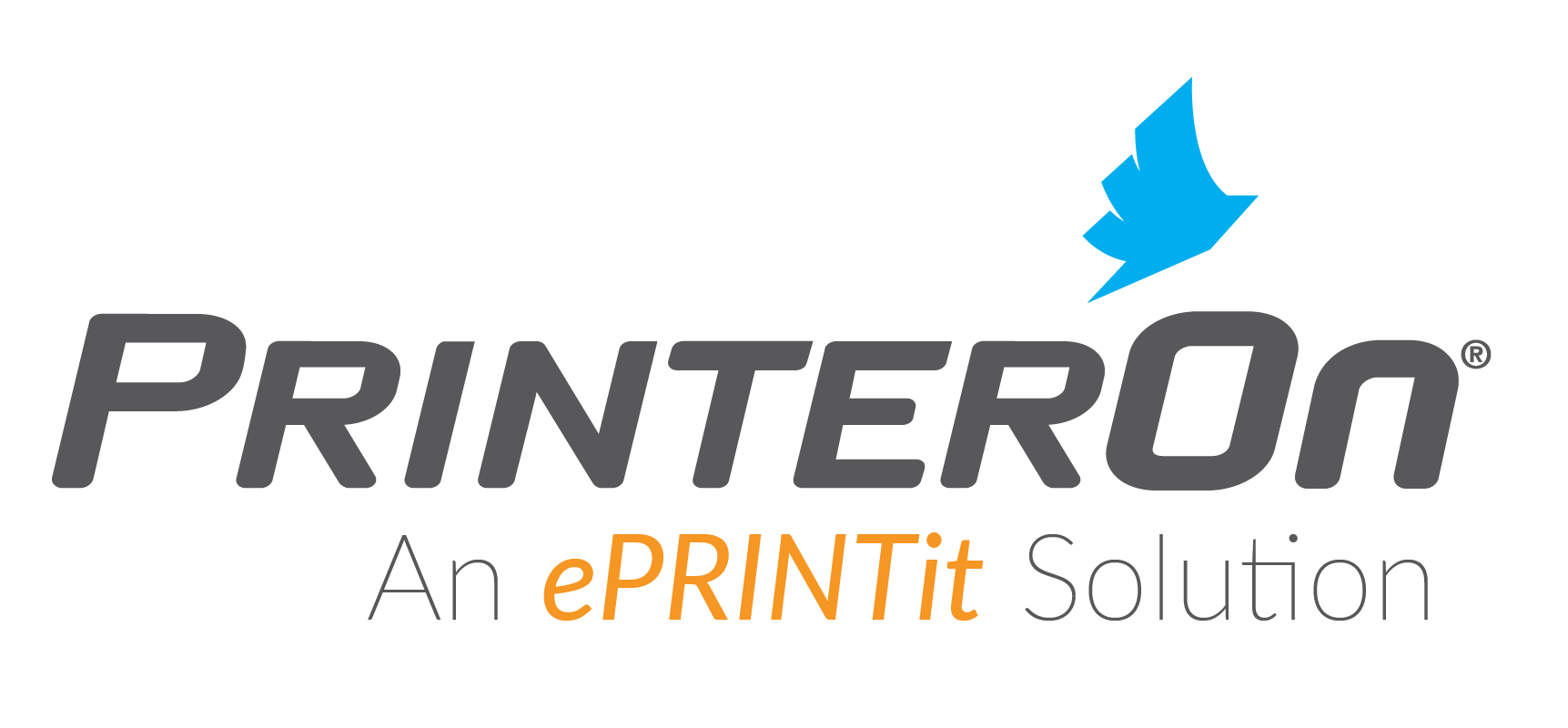You may be familiar with, or are involved in a scenario similar to this right now. Your organization has embarked on a corporate cost-reduction initiative to shed much of its IT infrastructure in favor of cloud-based solutions.
You aren’t alone. Many organizations are soon to be part of the growing exodus from the traditional on-premise infrastructure paradigm. Servers will gradually be decommissioned. Licensed software that had previously been installed on the corporate network will be replaced with subscription-based services installed in the cloud. Gradually, most data and systems, including ERP and CRM, will be migrated to the cloud in the quest to reduce costs, improve efficiency, and maintain competitiveness.
But what about print? How does that fit into this scenario?
Printing is a vital piece of the corporate infrastructure that simply can’t be eliminated. People still need to print things critical to the business: specifications, plans, schedules, orders, packing lists, and a long list of others. They are all a vital part of the business. And while all those types of documents will be moved to the cloud, your printers will still be on the trusted corporate network behind a firewall.
That means that the very firewall that was meant to protect your company data is going to become an obstacle to printing it.
Printing was simply never designed to work in a cloud-based scenario.
Specifically, printers were never really designed to be anything but passive participants in an unsecured print transaction. They were designed to simply wait and listen, then react to incoming print requests.
When you print a document, it must be rendered a printable format. Once rendered, it must be securely sent to the selected printer. But when the application is in the cloud and there’s a firewall between the cloud and the printer, the passive nature of printers becomes a problem.
Firewalls, by design, block communication, especially originating from “outside”. Printers are designed to process incoming requests. They have no means of requesting data.
What most don’t realize is that by moving business apps to the cloud, you are about to be disconnected from your own data. Even though your printers aren’t moving, they will become “remote” because they are now remote from the application. What irony.
The quest for a cloud printing solution
When the application resides in the cloud and the corporate firewall blocks incoming communications, how does the print data securely get to a printer behind that firewall?
It’s not impossible. VPNs can solve this problem. But setting up and maintaining VPNs can be complex and expensive. Not optimal for a company looking to reduce IT infrastructure.
What you need is a managed cloud printing service. A secure, hands-off managed service that meets the following requirements:
- Low overhead so you can shed infrastructure, not add to it.
- Cost effective, the driving factor for most cloud initiatives is cost reduction. You need a printing solution that wont break the bank.
- Adaptable so that you don’t have to pay for the same volumes when printing usage is lower at specific times of the year.
- Secure. The solution must traverse the firewall. At the same time, neither the trusted network nor data can be exposed to unacceptable risk.
With the right managed cloud print service, all of these requirements can be met and align with your overall “cloud vision.”
http://go.printeron.com/read-adventures-in-the-cloud


